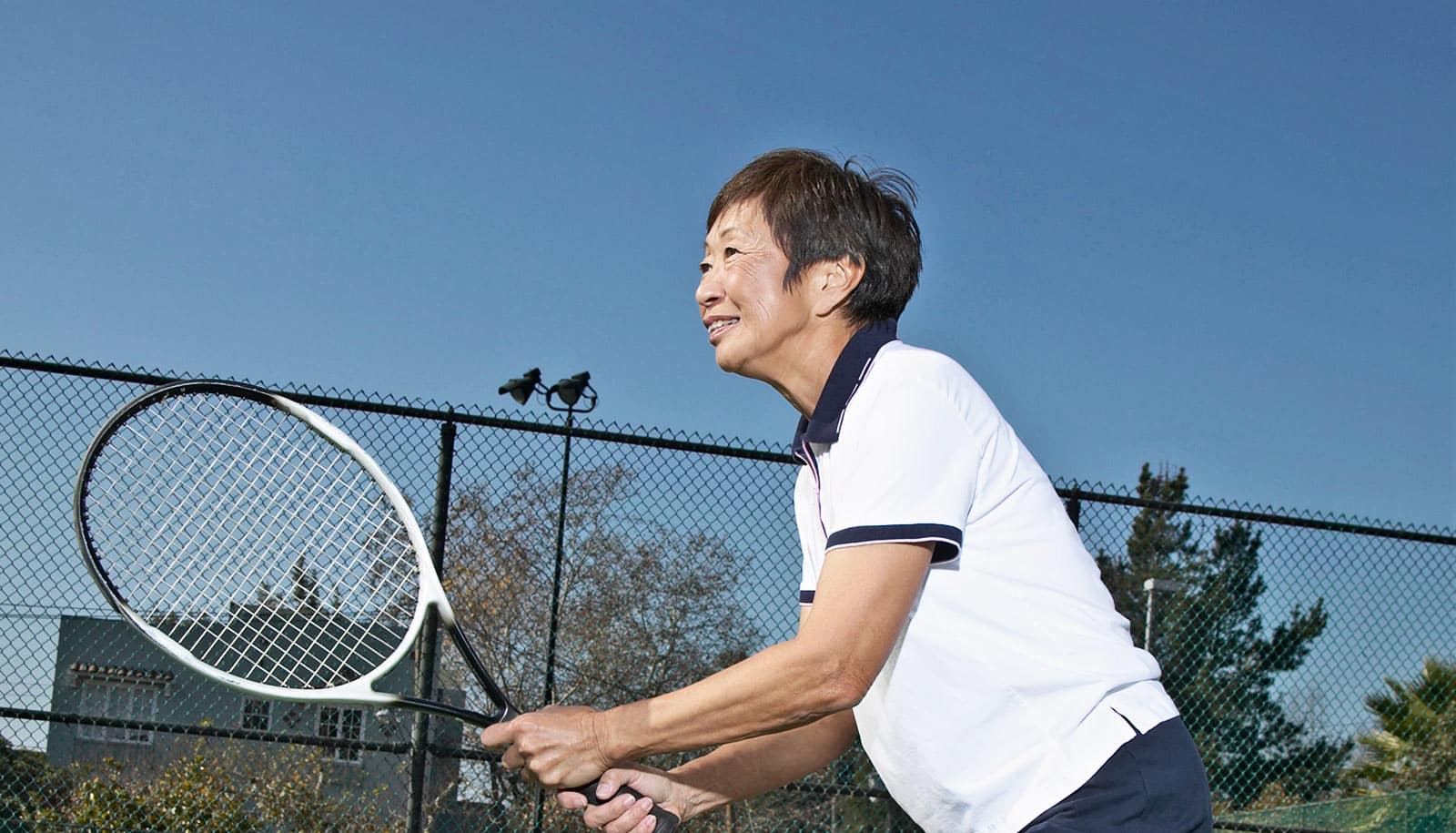While counterintuitive, engaging in competition with family and friends decreases the odds of long-term use of activity trackers among older adults, perhaps because they feel it’s demotivating, according to a new study.
Wanting to lose weight, become more active, and monitor health doesn’t seem to influence length of use either, the study finds. But tech savvy does.
“For older adults, motivation is about partnership and collaboration, such as walking together,” says Anastasia Kononova, assistant professor of advertising at Michigan State University. “It’s about being active together, not competing.”
The researchers conducted a survey of adults age 65 and older to explore factors associated with long-term use—longer than six months—of wearable activity trackers. They looked at usage patterns, socioeconomic factors, health status, and activity levels.
Specifically, the study found older adults are likely to use trackers longer if they use a wider variety of functions to track their health and activity levels. Examples of such functions include tracking calories burned, distance, heart rate, mood, sleep time, steps, etc.
Other factors determining long-term use: being female, being well educated, wearing every day, exercising regularly, and not having chronic health conditions.
So, what can the industry learn from the study?
For starters, manufacturers should incorporate activities specific to an older population, such as swimming and gardening, into trackers, Kononova says. And, like younger users, physical appearance of trackers is important, so big and bulky doesn’t work.
“Wearable activity trackers have the potential to improve older adults’ health, yet many adopters don’t use them on a long-term basis,” says Lin Li, a doctoral candidate studying health and technology who led the study.
“So, we wanted to see how we could engage older adults in using trackers, while also helping researchers and the industry better understand this population—where trackers are beneficial but underused.”
The study is a part of a larger project on wearable activity tracker use and physical activity among older adults. The research appears in the journal Telemedicine and e-HEALTH.
Source: Michigan State University


